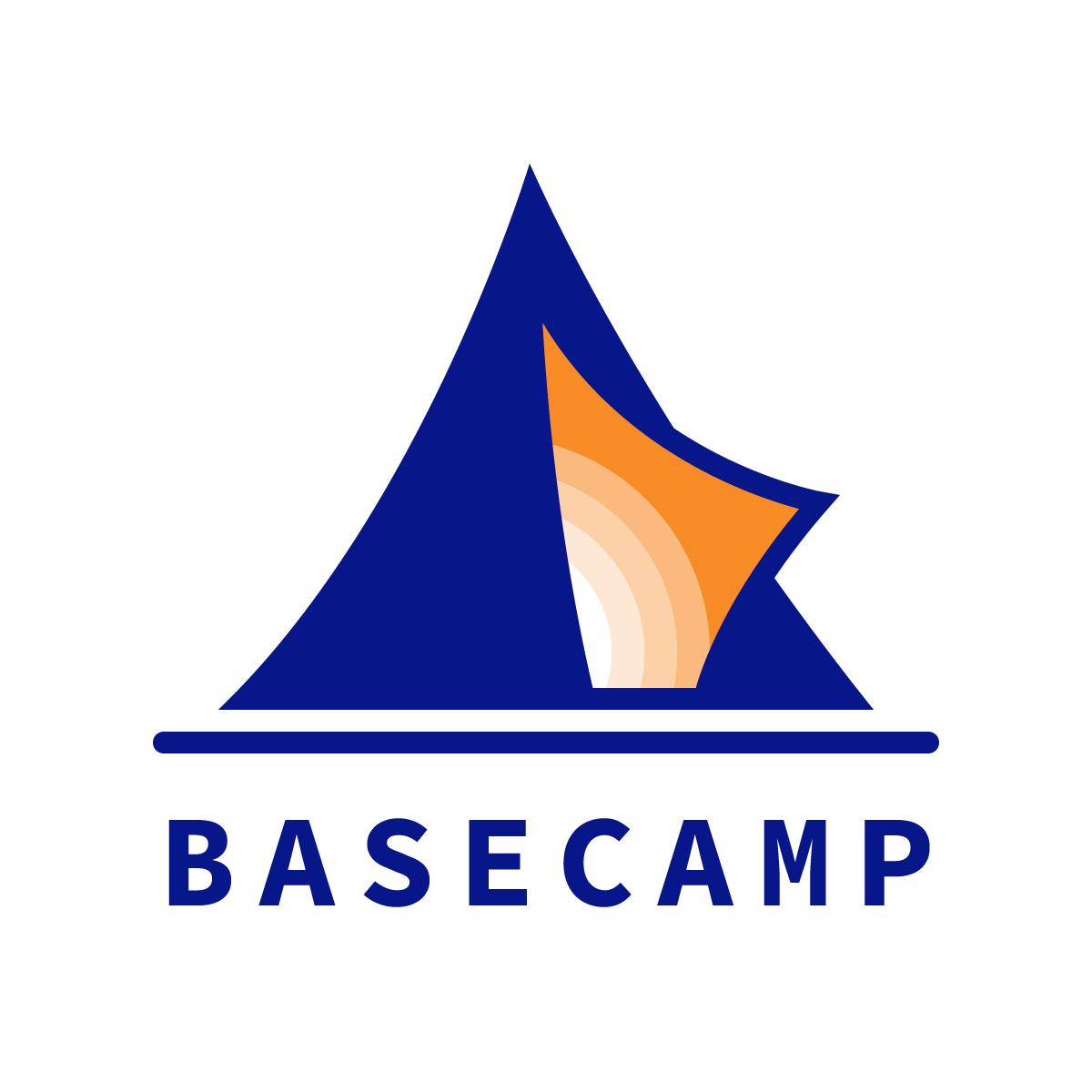Future of Learning Top Reads for week of October 2 2017
Photo by Marc Guellerin on Unsplash
If you want to sketch the contours of the future of learning, these 3 articles can help you sense the shape of where learning will (or should) go next:
***
"The future of work is uncertain, schools should worry now," by Benjamin Herold / @BenjaminBHerold, in Education Week
"Every young person entering the 2030 labor market might need a solid grounding in statistics and data science, the thinking goes. Farmers, for example, would need to make sense of torrents of data generated by sensors and drones on soil and weather conditions.
To maintain their edge, workers would also need to focus on cultivating the human qualities that robots still lack, such as creativity, empathy, and abstract thinking.
And because most jobs could constantly evolve, today's students could eventually face a make-or-break question: Can you adapt?"
Why does this matter to the future of learning? If it's hard enough to fathom that just 10 years ago the iPhone (among a dizzying array of other technologies) didn't exist, then how much harder is it to imagine what life will be life in 2030, when, as Herold points out, "Today's 6th graders will hit their prime working years"? Given that the only constant is change, and given the overwhelming likelihood that VR/AR, AI, and other exponential technologies will have a massive effect on learning and life, today's 6th graders (and high schoolers, and elementary schoolers, and college students) must develop the ultimate advantage: learning how to learn, which is education's version of the Darwinian injunction to be adapable. From now and into the foreseable future, schools that thrive will design experiences to ensure that students learn how to learn.
***
"Innovation vs. Circulasticity," by Ron Canuel / @RonCanuel, in EdCan Network
"Circulasticity. A combination of the words circular and elasticity, it is an organizational condition that generates contexts or situations in which high levels of activity are noted, but any discernible long-term change is not."
Why does this matter to the future of learning? Canuel wrote this 4 years ago, and his mental model of fake (or short-lived) innovation is a smart one. His primary concern involves the absence of structures that could enable long-term change to take root. Think of soil: if it's too sandy or rocky, most plants and flowers won't flourish. The same is true with innovation: often the "soil" of a school--the facilitating structures, like schedules, calendars, transcripts, departments, and more--is arid with sand or clotted with rocks (I'll leave it to you to interpret what those metaphors mean in practice). However, 4 years after Canuso wrote this piece, we are starting to see schools shift their thinking about such facilitating structures. Many schools have dipped their toes into the waters of new daily schedules, and over 130 leading independent schools have joined the Mastery Transcript Consortium, which we predict will enable signficant and massive scale innovation. In the near future, schools that thrive will avoid "circulasticity" by changing the underlying structures to facilitate genuine innovation.
***
"Thinking outside the box: new K12 learning models," panel discussion with quotes from Broderick, Cleveland, Galluci, and Liechti, on LinkedIn Pulse
"We are disconnecting grade levels from academics, and we call this Independence Levels. Our Independence Levels are focusing on self-management, time management, collaboration, focus, motivation." --Dominic Liechti, Executive Director, Khan Lab School
Why does this matter to the future of learning? Frederick Taylor's theories of "scientific management" influenced most of American organizational design in the 20th century, including the "batch processing" of students by age-based cohorts (aka, "grade levels"). While there are perfectly good developmental reasons to have kids of a similar age socialize, it's not essential that they learn in lock step with peers who are within 1 year of the same age. Montessori schools have long decoupled age from "level," and Khan Lab School considers itself "Montessori 2.0." This is just one alternative model cited in this article. Private schools are facing more and more threats from alternative models, and that competition is only going to increase as imploding business models and exponential technologies introduce more chaos into the system. For a further primer on alternative school models, we strongly recommend The Enrollment Management Association's 2015 special report, Sizing Up the Competition, authored by Jonathan Martin. In the very near future, schools that thrive will study the competition to see what innovations (e.g., "Independence Levels") align to their Mission > Vision > Culture. And if these innovations necessitate a Culture shift, schools must design for that.
***
Thank you for reading! Want to receive original Basecamp blog posts every Tuesday and Thursday and "Top Reads" every Saturday? Subscribe here.

